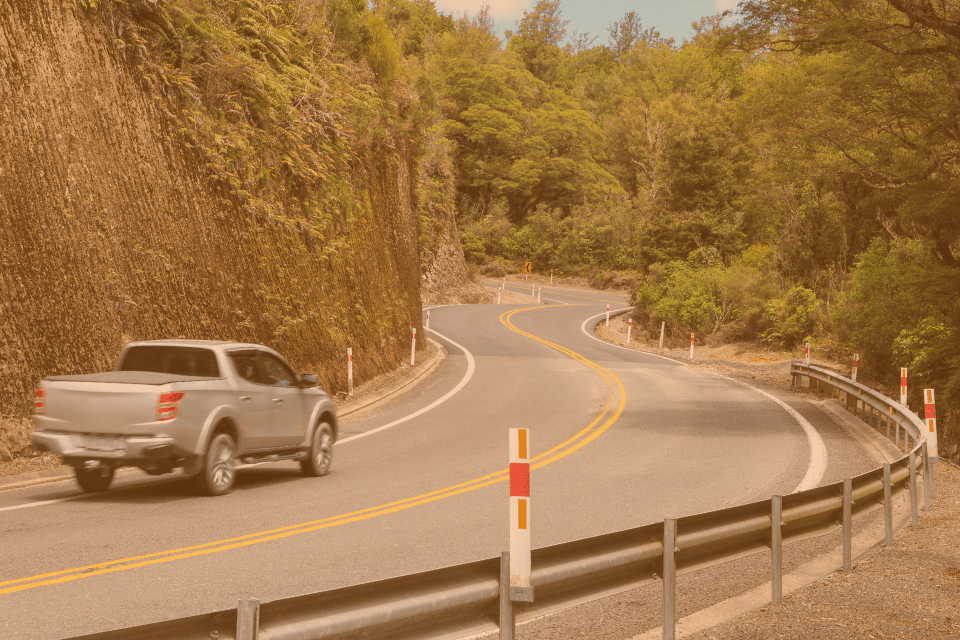‘Volenti non fit injuria’
“Sounds Latin. That’s a dead language, right?” It is (for the most part, anyway!).
Unfortunately, the legal profession has continued to use many confusing Latin phrases, and this one is no exception.
VOLUNTARY ASSUMPTION OF RISK
Written by Hamish Kelly
The Latin principle of ‘volenti non fit injuria‘ or simply ‘volenti‘ means the voluntary assumption of risk. It is a defence at common law in a claim for damages for negligence for the defendant to prove that the plaintiff (the injured person who brings the claim) fully comprehended the risk of injury that materialised and chose to accept it.
If a person voluntarily assumes the risk of injury, they are not entitled to common law damages, even if another person’s negligence causes the injury. The defence is underpinned by the idea that no wrong is done to someone who consents.
The defence of voluntary assumption of risk was recently considered by the Victorian Court of Appeal in the case of Norman v Transport Accident Commission [2024] VSCA 123 (‘Norman’)
Background
On 12 September 2018, Hayden Norman (the ‘plaintiff’) was a backseat passenger in a 1993 Holden Rodeo utility (the ‘vehicle’) on a country road on the outskirts of Benalla, Victoria. The vehicle left the roadway and collided with an embankment followed by a tree (the ‘collision’). The plaintiff suffered significant injuries as a result of the collision.
At the time of the collision, the vehicle was being driven by a friend of the plaintiff’s, Aaron Maggs. The vehicle belonging to Mr Maggs was unregistered. Because of this, the plaintiff made his claim for damages against the Transport Accident Commission (TAC) (the ‘defendant’).
Prior to the commencement of trial, the defendant admitted Mr Maggs’ negligence caused the collision. However, the defendant raised defences of voluntary assumption of risk and “contributory negligence”.
In relation to the voluntary assumption of risk defence, the defendant essentially argued that the plaintiff knew of certain facts and circumstances about the condition and earlier driving of the vehicle which gave rise to a risk of injury, which the plaintiff had freely and voluntarily agreed to.
This meant that if the defendant successfully raised the voluntary assumption of risk defence at trial, the plaintiff’s claim would fail, and he would not be entitled to any common law damages.
What happened at trial?
The plaintiff’s case proceeded to trial before a jury in September 2023.
Several statements were made to police by the plaintiff’s brother (Lachlan Norman) and another vehicle occupant (Tom Sims) shortly after the collision.
Put to the jury, the statements confirmed:
- The plaintiff and a group of other young boys (including Lachlan Norman, Tom Sims and Aaron Maggs) had taken the vehicle out on the outskirts of Benalla the day before the collision (11 September 2018) where burnouts, “handbrakies”, “fishtails” and “launching a dam bank” were performed.
- The vehicle was in poor condition and unregistered at the time of its purchase and before the collision. There was no back seat on the vehicle. The boys sitting in the back of the vehicle had to lie down on the backrest to have something to sit on. The rear windscreen was completely smashed, and the front windscreen was almost non-existent.
- The group, which included the plaintiff, had intended to return to the vehicle the next day (on 12 September 2018) to have more fun, trash the car and dump it.
- Mr Maggs had been doing “fishies” and “skids” and travelling at approximately 80km/h on a gravel road shortly before losing control of the vehicle.
The following evidence also came out at trial:
- The plaintiff had ridden motorcycles and driven cars since he was four or five.
- The plaintiff and Mr Maggs were present and in the vehicle at various stages on 11 September 2018. However, they did not drive the vehicle at any stage on the day prior to the collision. Mr Maggs drove the vehicle for the first time on the day of the collision.
- Lachlan Norman accepted that driving the vehicle on 11 September 2018 was ‘stupid and reckless’.
- The plaintiff also accepted that the “burnouts”, “handbrakies”, fishtails and “dam banks” performed in the vehicle on 11 September created a risk of injury.
- The plaintiff and Lachlan disputed that the vehicle was in poor condition prior to the collision (which was inconsistent with Mr Sim and Lachlan’s earlier police statements).
- The plaintiff, Lachlan, and Mr Sims gave evidence that they (along with Mr Maggs) had returned to the vehicle on the day of the collision intending to ‘drive around’. Mr Sims stated it was without ‘any intention to do any stupid stuff’.
- The plaintiff gave evidence that when they returned, Lachlan initially drove the vehicle and did not perform any “skids”, “fishtails”, or “dam bank jumping”, and no damage had been done to the vehicle. Mr Maggs then took over driving the vehicle from Lachlan. — He described that he drove in a ‘normal’ manner for about 15 minutes when he suddenly accelerated and lost control of the vehicle.
- The plaintiff, Lachlan and Mr Sims gave evidence to the effect that they had no indication that Mr Maggs was going to drive the vehicle in this manner (i.e. accelerate rapidly).
The defendant argued that the plaintiff fully appreciated the nature and extent of the risk that eventuated, having ridden motorcycles and cars from an early age. The defendant also argued that anyone would be aware of the nature and extent of the risk – that is, the risk of travelling at 80km/h on a gravel road and fishtailing and performing skids. The defendant described the risk as ‘snaking into a tree and becoming severely injured’.
The plaintiff accepted that the driving that occurred on 11 September 2018 involved accepting the risk of injury. However, the plaintiff tried to make the distinction that the driving on the day of the collision differed from the day earlier and did not amount to accepting the risk of injury.
At the conclusion of the trial, the jury agreed with the defendant and found that the plaintiff voluntarily assumed the risk of injury. As a result, his case against the defendant failed, and he was not entitled to any damages.
What happened on appeal?
The plaintiff appealed the jury’s verdict because the evidence at trial did not establish a defence of voluntary assumption of risk.
The appeal was heard by the Court of Appeal on 4 June 2024. The plaintiff’s appeal was unsuccessful. The Court of Appeal found no basis to overturn the jury’s verdict, and it was open for the jury to conclude that the plaintiff had voluntarily assumed the risk of injury.
Learnings/takeaways from Norman v TAC
The case of Norman highlights that jury verdicts can be very difficult to overturn. When analysing the verdict reached by the jury (that the plaintiff had voluntarily assumed the risk of injury), the Court of Appeal made it clear that it (the appeal court) must approach the case on the basis most favourable to the respondent (which in this case was the TAC). Specifically, the appeal court must assume that the jury took a view of the most favourable evidence to the respondent.
The case serves as a stark reminder that the defence of voluntary assumption of risk can have disastrous consequences if successfully raised by a defendant at trial. Fortunately for the plaintiff, he may still be able to access other “no-fault benefits” through the TAC scheme, including medical and like expenses, loss of earnings/loss of earning capacity payments and impairment benefits.
The case of Norman is a timely reminder for all of us to exercise care on our roads. Participating in activities similar to the plaintiff may have disastrous consequences in more ways than one, and in this particular case, prevented the plaintiff from successfully pursuing a common law claim for damages.
At Polaris Lawyers, we are experts in TAC common law claims. Don’t hesitate to contact us for advice or assistance with any aspect of your TAC claim.
1300 383 825 or email [email protected]






